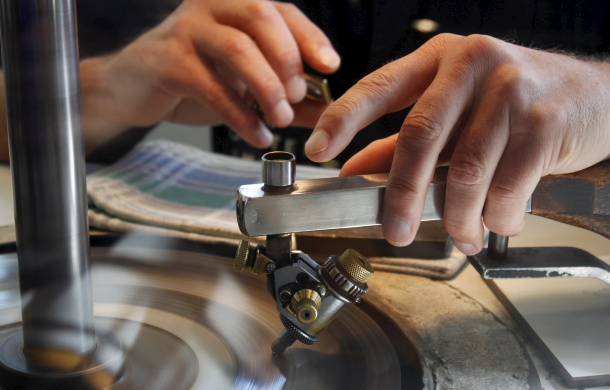
Crystal brand Swarovski introduced 16 new synthetic-diamond colors at Paris Haute Couture Fashion Week.
The new hues fall into four creative categories in which Swarovski claims to play a role, it said last week. Each of the four areas — fashion, art, music and architecture — includes four colors of cushion-cut lab-grown diamonds.
Every category in the collection is led by a “hero” color. These include Androgyny Flamingo for fashion, Cubist Sky for art, Heavy Metal Cherry for music, and Gothic Cognac for architecture. Some of the other colors in the collection are Punk Lipstick, Surrealist Butter, Draped Fire and Electro Arctic.
The stones showcased in Paris range from 1.25 to 2.50 carats, while the 16 colors will be available at stores in 0.25- to 1.50-carat sizes.
“I’d like to think that these stones have endless potential, and are able to bring any idea to life,” said Markus Langes-Swarovski, a member of the Austrian jeweler’s executive board. “The colors, cuts and sizes are created to inspire jewelry that has never been made or even dreamed of. It’s a toolbox of unlimited creativity.”
Swarovski first launched laboratory-grown diamonds in 2018.
Source: DCLA





